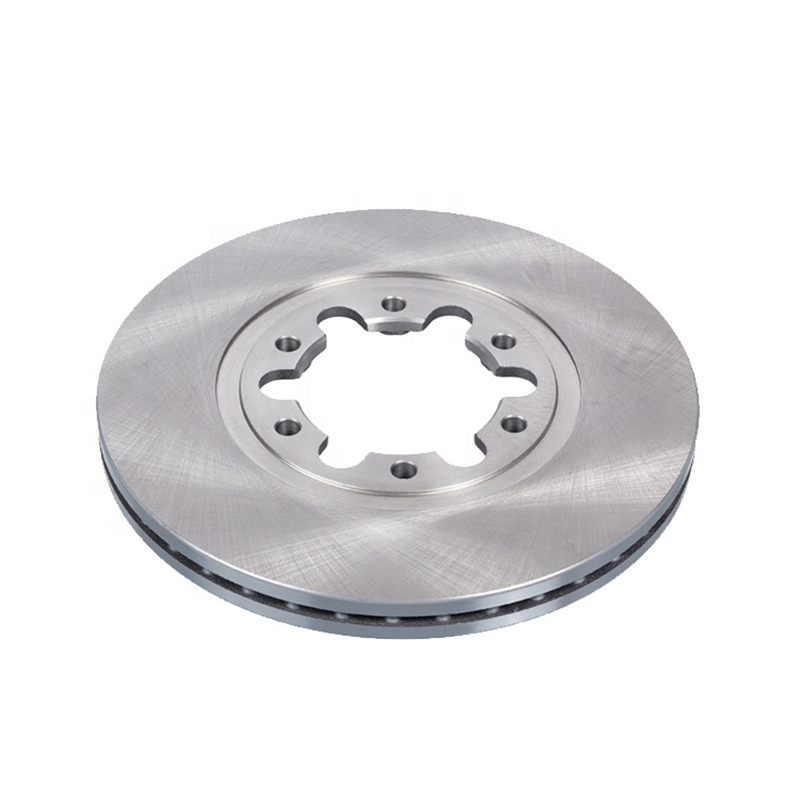When it comes to braking, the
brake disc is a crucial component. It uses friction to slow down the rotation of the axle. If the friction is high enough, disc brakes can keep the axle stationary. Disc brakes are more durable than calipers and have better stopping power. Besides, they are easier to maintain.
friction coefficient
The coefficient of friction is the rate at which the surface of the brake disc is heated by friction between the brake pads and the disc. This coefficient decreases with increasing friction speed and surface temperature. The friction speed depends on the temperature, and the friction coefficient changes as the friction speed increases. Friction velocity is measured in m/s and expressed in degrees Celsius.
The coefficient of friction between brake pads and discs is typically 0.4. However, it is important to ensure that friction does not decrease significantly with increasing pad temperature. If this happens, the braking system will begin to weaken. Furthermore, a large amount of energy is lost at the sliding interface. Under severe braking conditions, this energy can be as high as 30 kW. In this case, the temperature will increase by 150-300 degrees Celsius. Temperature increases are especially noticeable during competitive use and downhill.
Material
There are many factors that affect the material of the brake disc. For example, the thickness of the disc can determine its tensile strength. During braking, thicker discs expand more than thin discs. The result is an uneven transfer of material to the brake pads. Thicker sections will also experience more heat and friction than thinner sections. When discs get too hot, the crystal structure changes, which can cause problems.
One of the evaluation indicators that determines the braking performance of the brake disc is the convective heat transfer coefficient. This index can be determined by the fluid-structure interaction simulation method or the empirical formula method.
design
The brake disc is one of the most important components of the braking system. When a vehicle brakes, the friction between the brake pads and the disc generates a lot of heat. Therefore, different sandwich structures have been developed to reduce the heat generated by the discs. In this study, we analyzed the thermal behavior of these structures. We then came up with a proper ventilation structure for the disc.
Brake discs are usually made of cast iron or composite materials. It is attached to the wheel or axle via calipers. The friction material is then pressed against the sides of the disc, slowing it down.
Element
A brake disc is a complex system consisting of many different components. The friction properties of brake discs and pads depend on the composition and microstructure of each component, as well as the surface properties of the disc. These properties vary with the amount of exposure the system is exposed to and the length of time the system has been used. This complexity and wide range of response variations highlight the importance of a systems approach to tribological problems.
Disc brakes are usually made of cast iron, a material that can withstand high temperatures and is relatively inexpensive to produce. However, there are other types of brake discs that use ceramics, carbon matrix composites and other materials. These materials are generally more expensive than cast iron.
bed program
The break-in process of new discs or pads requires care. It involves slowing your vehicle, letting the brakes cool, and braking lightly. You should do this for at least eight to ten braking cycles. It is important to avoid touching the surface of the new pad and disc during this time. After completing these steps, your brakes should work at peak performance.
The break-in process is a critical step in ensuring proper disc or pad performance. The break-in process helps establish the correct friction surface by removing the organic binding material that is normally held within the pad during manufacturing. This helps to maximize the coefficient of friction, reduce brake judder, and extend the life of the brake pads. Also, the break-in process is a great way to keep your vehicle safe.
 CAR BRAKE SYSTEM BRAKE DISC FRONT WHEEL UH74-33-251 FOR FORD/ MAZAD
CAR BRAKE SYSTEM BRAKE DISC FRONT WHEEL UH74-33-251 FOR FORD/ MAZAD
product name:Brake disc
OE Number:UH74-33-251
Application area:Front
Applicable models:FORD, MAZAD
product name:Car Brake System Brake Disc FRONT Wheel UH74-33-251 For FORD/ MAZAD
Material:HT250
Product Size:Diameter:274 mm
Centering Diameter:93 mm
Weight:5.89 kg
Product form:Brake disc
Application area:Front
Life cycle:40000km--60000km
Applicable models:FORD RANGER (ER, EQ, R_)
Year:1997/04-2006/06










